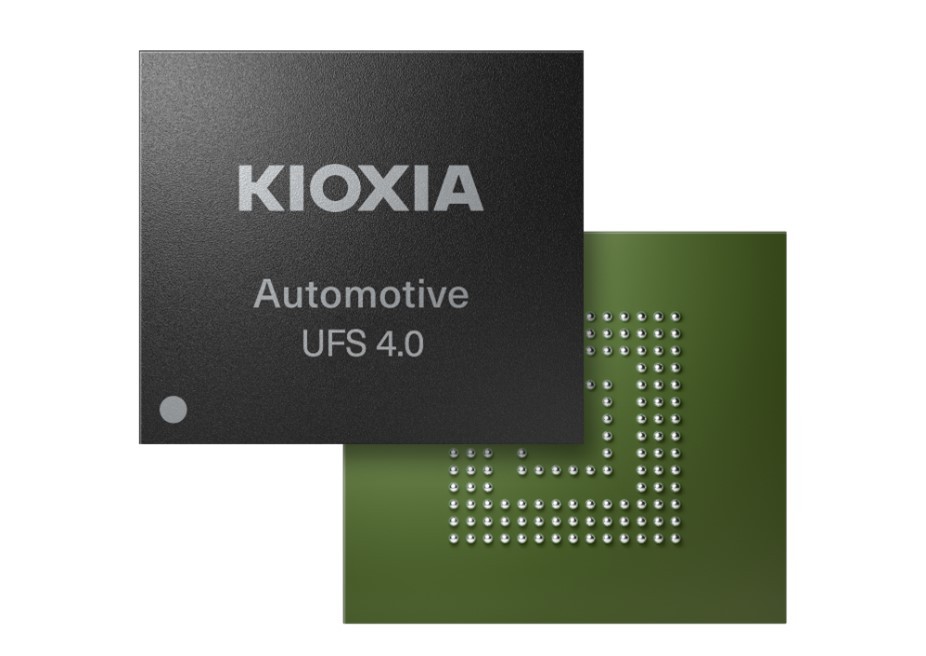These new, higher performing devices deliver fast embedded storage transfer speeds in a small package size and are targeted to a variety of next-generation automotive applications, including telematics, infotainment systems and ADAS[4]. The improved performance[5] of UFS products from KIOXIA – including approximately +100% for sequential read speed and approximately +40% for sequential write speed – enables these applications to take advantage of 5G’s connectivity benefits, leading to faster system startup times and a better user experience.
The first to introduce UFS technology[6], KIOXIA continues to move the technology forward. Its new UFS Ver. 4.0 devices integrate the company’s innovative BiCS FLASH™ 3D flash memory and a controller in a JEDEC-standard package. UFS 4.0 incorporates MIPI M-PHY 5.0 and UniPro 2.0 and supports theoretical interface speeds of up to 23.2 gigabits per second (Gbp/s) per lane or 46.4 Gbp/s per device. UFS 4.0 is backward compatible with UFS 3.1.
The new KIOXIA devices support High Speed Link Startup Sequence (HS-LSS) features, enabling Link Startup (M-PHY and UniPro initialization sequence) between device and host to be performed at a faster HS-G1 Rate A (1248 megabits per second) than that of conventional UFS. This is expected to reduce the time for Link Startup by approximately 70% compared to the conventional method.
Advanced features and functionalities have been supported in new UFS Ver. 4.0 devices to address demanding automotive application requirements, including:
· Refresh Feature: Improves data reliability by refreshing degraded data to prevent data corruption even in the harsh, demanding in-vehicle environment.
· Extended Diagnosis Feature: Enables users to view important information from the UFS device, allowing preventative action to be taken.
Available in capacities of 128, 256 and 512 gigabytes (GB), the new KIOXIA devices support a wide temperature range, meet AEC[7]-Q100 Grade2 requirements and offer enhanced reliability capabilities that increasingly complex automotive applications require.
“The automotive industry possesses unique technical demands that must be addressed by reliable, and application tailored solutions. KIOXIA have recognized this requirement with the world’s first automotive specific UFS Ver 4.0 embedded memory,” stated Axel Störmann, Chief Technology Officer of Memory and SSD products.






